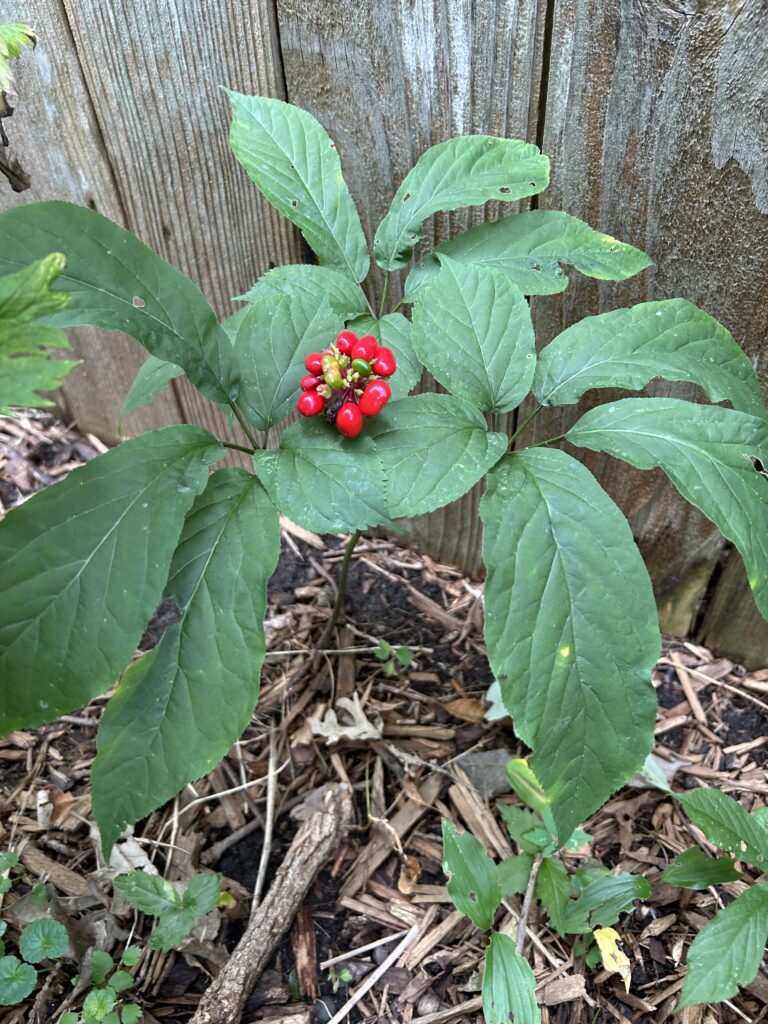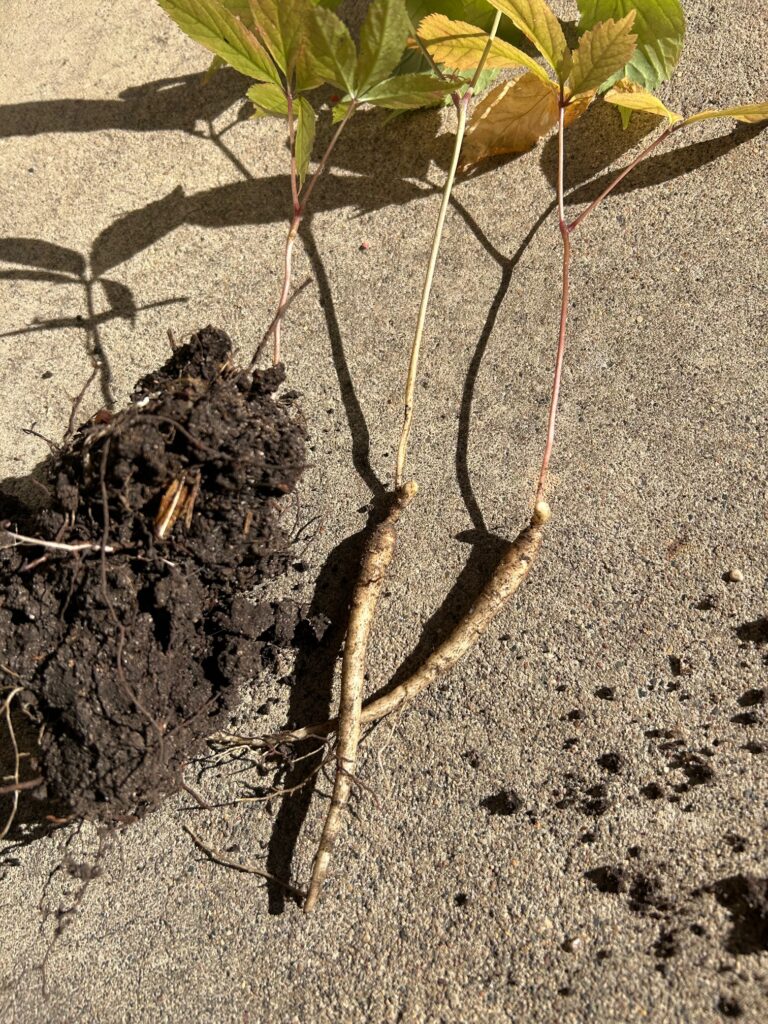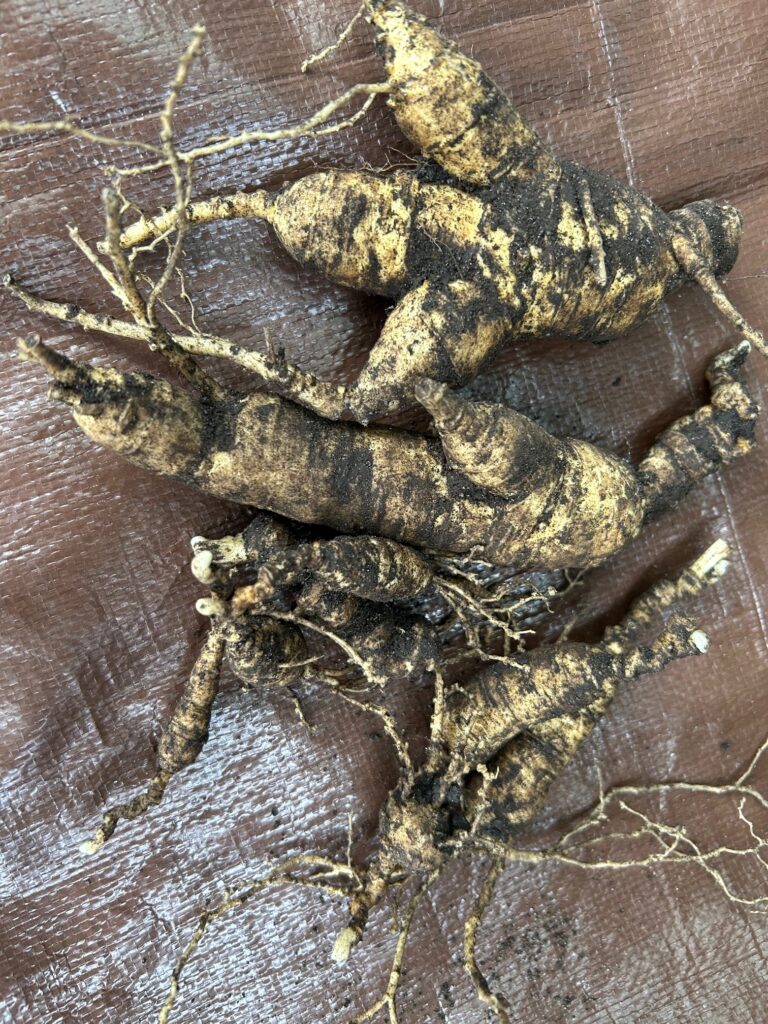-
Visit us on Facebook and post your own nature photos!
Nature Seeker Workbook!

Nature Seeker Workbook: $12 per book plus $4 per book for shipping, handling and state tax ($16 total).
Whales In The Classroom Presents: Oceanography

Whales in the Classroom present: Oceanography: $12 per book plus $4 per book for shipping, handling and state tax ($16 total).
Getting to Know the Whales

Getting To Know The Whales: $12 per book plus $4 per book for shipping, handling and state tax ($16 total).
Recent Comments
- Cheryl Smith on The Beauty and Value of Fungus in a Forest Ecosystem
- Vicki D. on The Beauty and Value of Fungus in a Forest Ecosystem
- Jerrold Gershone on The Beauty and Value of Fungus in a Forest Ecosystem
- Kate Humphrey on Planting Hope
- Deborah S on Planting Hope
Categories
- The Old Naturalist’s Journey
- Prof. Services & Publications
- For Teachers & Students
- Activities
- Nature Quizzes
- Sounds of Nature
- Whales & Oceanography
- Nature School
- Spring Nature School Lessons
- Spring Nature School Lesson 1 – Resident Birds and Geese
- Spring Nature School Lesson 2 – Forests in Early Spring
- Spring Nature School Lesson 3 – Signs of Spring
- Spring Nature School Lesson 4 – Early April Adventures
- Spring Nature School Lesson 5 – Nature in Spring
- Spring Nature School Lesson 6 – Everything Frogs!
- Spring Nature School Lesson 7 – The Wind and Decomposers
- Spring Nature School Lesson 8 – Rock On!
- Spring Nature School Lesson 9 – Oceanography
- Spring Nature School Lesson 10 – Whale Week
- Spring Nature School Lesson 11 – Sights and Sounds
- Fall Nature School Lessons
- Fall Nature School, Lesson 1 – Using Plant Pigments to Create Water Colors
- Fall Nature School, Lesson 2 – Make a Flower Pounded Bookmark
- Fall Nature School, Lesson 3 – Make a Leaf Rubbing Book
- Fall Nature School, Lesson 4 – Aging Trees
- Fall Nature School, Lesson 5 – Patterns in Nature
- Fall Nature School, Lesson 6 – Animal Homes Nature Hike
- Fall Nature School, Lesson 7 – Signs of Deer in Nature
- Fall Nature School, Lesson 8 – Solving Mysteries in Nature: Hike #1
- Winter Nature School Lessons
- Oceanography School Lessons
- Spring Nature School Lessons
- En español
- La Leyenda Maya de Quetzalcóatl The Mayan legend of the Feathered Serpent
- La Gente de las Nubes – The Cloud People
- La Historia de la Creación Maya / Mayan Creation Story
- Ahuehuete
- Los Ojos de la Naturaleza The Eyes of Wildness
- Nuestro Viaje a El Chiflón
- El Ojo de la Ballena – The Eye of the Whale
- Orquideario La Encantada Oaxaca Aventuras # 2
- La Tejatera – Oaxaca Aventuras # 1
- Connect with Us





How do we acquire and plant it in our gardens/yards?
I thought this gensing might be my retirement nest egg… nurturing it in my woods. Never followed through… and now I have no woods to plant this “cash crop”.
I appreciate the history.
Hi, Larry,
How interesting that today we associate ginseng with China, when its origin is actually from half way around the globe. And such an attractive plant. It would be fun to grow some, just to allow it to flourish among other woodland plants. Thank you for the story and also for your efforts to save these plants.
Thank you, Larry! I really didn’t know anything about ginseng before I met you!
Amazing! Thank you!
Very interesting Larry! I thought Ginseng was from China! There is so much I don’t know about plants. Such valuable parts of our existence on earth ~